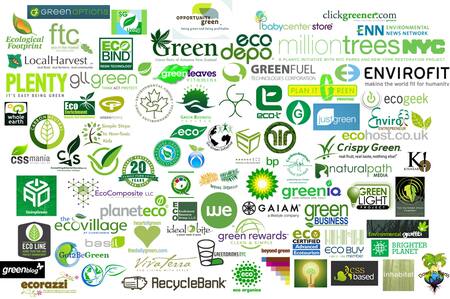Eco-labeling System

How much sustainable is a product? What are eco-labels? What are the advantages and disadvantages of eco-labeling system?
During the last thirty years, numerous initiatives have started from both private and public industries in order to define sustainability-related information of products. This was achieved by introducing different kind of symbols like labels and logos in-store and on-pack. They are a form of sustainability measurement directed at consumers, intended to make it easy to take environmental concerns into account when shopping. The information that is provided can be used to influence or inform purchasing decisions.
There are many different eco-labeling schemes and logo in operation around the world, each covering a different range of environmental criteria such as pollution or energy consumption during production. The International Organization for Standardization (ISO) has identified three broad types of voluntary environmental labels: TypeI, TypeII, and TypeIII.
TypeI labels are self-declarations that have not been independently tested or verified and they indicate voluntary conformance to pre-determined, multi-attribute criteria that identify environmentally preferable products.
TypeII labels may involve a conflict of interest and they focus on single attribute environmental claims such as energy consumption, indoor air quality, or recycled content.
TypeIII labels are founded on independent testing and verification by a certification body. They often referred to as environmental product declarations provide comprehensive product information based on quantitative life cycle assessment.
For eco-labeling system the most important aspect is the truth. The labels have to appear only on products that really meet the standards they advertise. In practice, product manufacturers have to apply to some independent certification authority for a license to display a label, which is granted only if their product meets specific criteria and to invest money for that. Manufacturers have to pay a fee to cover the cost of administering the scheme and are granted permission to use a label under the terms of a legally binding contract.
Eco-labels offer three major benefits for both consumers and industries. Firstly, for consumers, labels are easy-to-recognize, trusted, simple to understand and trustworthy guides for products. Secondly, for manufacturers, eco-labels offer a potential point of difference and a competitive advantage since a lot of customers take environmental performance into account if it still meets the price demand. Finally labels encourage a general raising of environmental performance, even among products that aren't labeled.
The biggest problem with the increasing interest in eco shopping is that manufacturers may be tempted to make exaggerated or misleading claims, which confuse and exploited consumers since the cost of this product is higher. Instead of raising standards, the result is confusion among consumers, a systematic undermining of all eco-friendly products.
In conclusion, I would like to express my considerations. How much these eco-labels cost in both company and customers? Is it profitable for the company to invest in this label in order to be officially sustainably? The government as part of the game, probably it has to be ally by sponsoring money instead of asking for them? Finally, what about customers? Do you think that a lot of people are willing to spend more (maybe twice) in order to be sustainable? Are you part of them?
P.S Some general advice. Trust eco-labels, but be also critical (mainly in price level) and responsible that you can understand them. Don’t look only for the labels but go a little bit deeper for information like the county of origin and production. So, don’t reject automatically unlabeled products because former aren't environmentally friendly probably they are.
E.G
http://en.wikipedia.org/wiki/Ecolabel
http://www.explainthatstuff.com/eco-labelling.html
http://www.sustainabilitydictionary.com/eco-labels/


 Elia Galiouna
Elia Galiouna